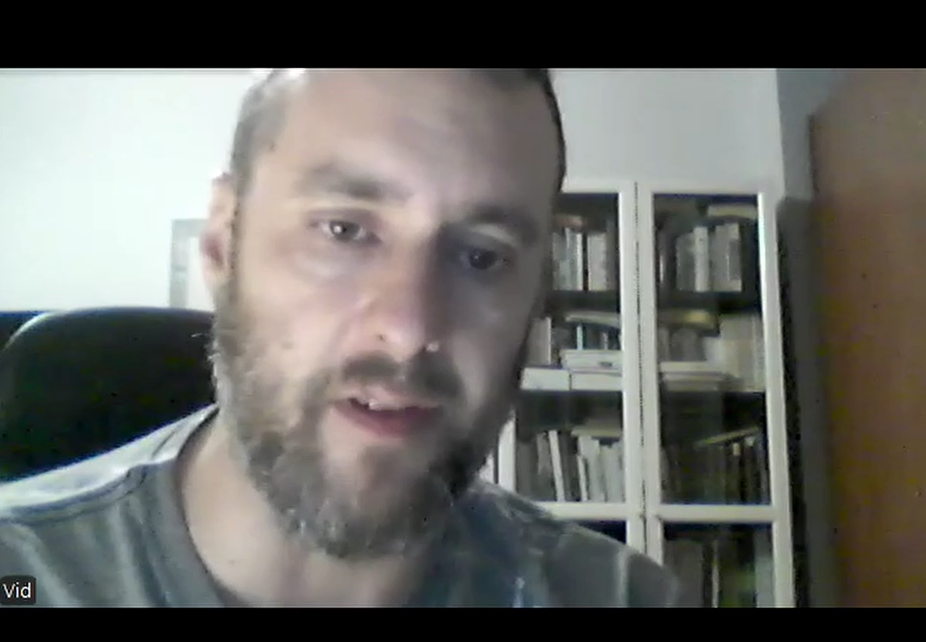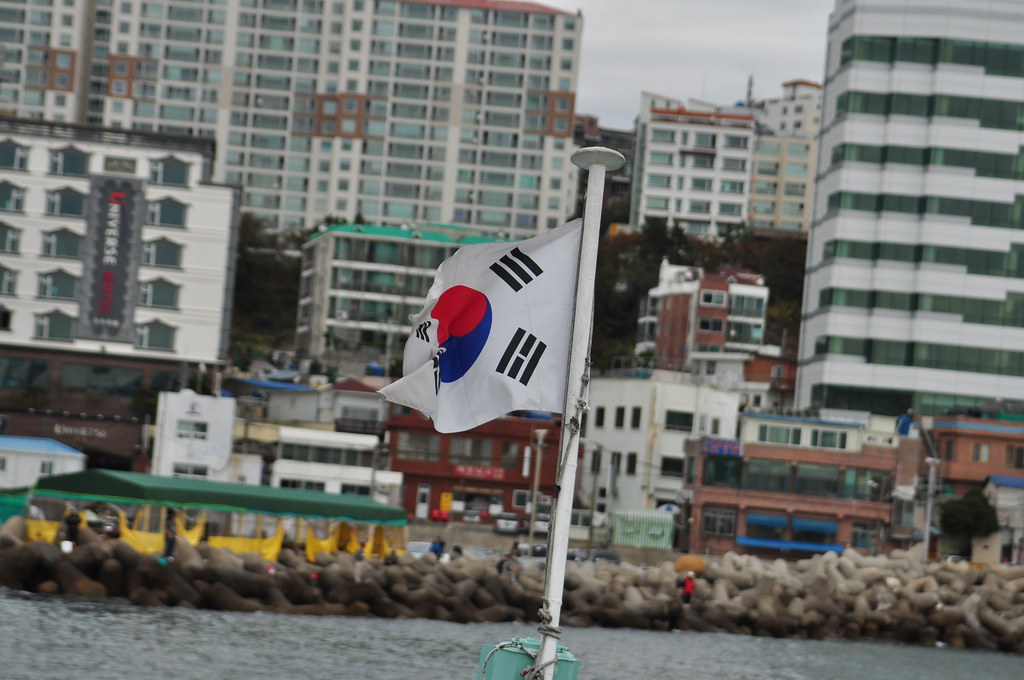By Matija Šerić
Conflicts and wars are a relentless feature of every historical period. These undesired events cannot be easily stopped. Most wars end in peace negotiations, led by a neutral party. As the world’s smallest state and the center of the Roman Catholic Church with over a billion Catholics and immense moral and spiritual influence, the Vatican is an ideal state for leading negotiations. In the second half of the 20th century and early 21st century, the Holy See contributed to ending numerous wars and creating a more peaceful world.
The End of the Cold War and the Fall of Communism in Eastern Europe
Pope John Paul II played a crucial role in ending the Cold War, especially through his influence in Eastern Europe, particularly his native Poland. The Pope gave hope to oppressed people under communism. During his first visit to Poland in 1979, his message was clear—he called on the people to preserve their religious identity and national pride. In his famous speech in Warsaw, he uttered a phrase that resonated throughout Eastern Europe: “Do not be afraid!” This call for courage inspired millions in communist countries. It was a symbolic call for liberation that strengthened the democratic movement.
One of Pope John Paul II’s most important contributions was his influence on the Polish labor movement Solidarity. Led by Lech Wałęsa, Solidarity quickly became a movement for freedom and democracy. The Pope provided strong moral support for the movement, which became a symbol of resistance against communism in Eastern Europe. At the same time, he established close relations with key world leaders, including U.S. President Ronald Reagan and British Prime Minister Margaret Thatcher. They shared a common goal with the Pope: ending the Cold War and weakening Soviet influence worldwide. Encouraged by the Pope’s stance, the U.S. administration continued with economic sanctions and political pressures on the USSR, while both the Vatican and the West promoted human rights and freedoms. The Pope supported dissidents throughout the Eastern Bloc, from Poland to Czechoslovakia and the Soviet Union, sending them the message that they were not alone. One of the most famous dissidents, Václav Havel, a Czech writer and later president of Czechoslovakia, stated that John Paul II was a key inspiration for peaceful change and democratization.
Ending the Croat-Bosniak War
In early 1994, the Holy See engaged in efforts to end the Croatian-Bosniak war, a first step towards fully ending the war in Bosnia and Herzegovina. The Vatican was among the first to recognize the independence of Croatia and Bosnia and Herzegovina, and it quickly responded to the escalation of conflict in Bosnia, attempting to act as a peace mediator among the three warring peoples. Pope John Paul II continuously appealed to all sides to end the conflicts and find common ground. His messages resonated strongly, especially among Croats, who found moral support in the Church. Through diplomatic channels established between the Vatican and the warring parties, Vatican diplomats encouraged dialogue and compromise as the only path to stability.
In February 1994, the Pope asked Croatian Foreign Minister Mate Granić to find a way to end the war, which he considered an ecumenical issue, that is, a conflict between Catholicism and Islam. In return, he promised to visit Croatia. He highlighted the risk of radical Islamic fundamentalism (with several thousand mujahideen present in Bosnia), which could spill over into terrorist acts across Europe. Cardinal Sodano and Vatican Foreign Minister Jean-Louis Tauran asked Granić to remove Mate Boban from the leadership of Herzeg-Bosnia, as they believed he and his associates lacked the skills for negotiation.
The Pope did not impose a specific political solution for BIH, but he wholeheartedly supported the American idea of creating the Croat-Bosniak Federation of Bosnia and Herzegovina, largely to prevent a significant number of Catholics and Catholic property from ending up in a Muslim entity. Shortly afterward, Boban was dismissed and replaced by Krešimir Zubak, who agreed to the formation of the Federation, which was established with the Washington Agreement in March 1994. The wartime clashes between Catholics and Muslims came to an end, significantly simplifying the Bosnian war.
Normalization of U.S.-Cuba Relations
The Vatican played a key role in the mediation that led to the historic normalization of relations between the United States and Cuba in 2014. The diplomatic reconciliation process between the two countries, which had been hostile for over 50 years, was the result of years of secret negotiations and discreet diplomatic initiatives, in which the Vatican, and especially Pope Francis, played a crucial role. The Vatican organized several secret meetings between American and Cuban officials, mostly held in Canada and the Vatican under high confidentiality. The Holy See had an ideal position as a mediator due to its historical neutrality and long-standing presence in Latin America.
Pope Francis personally wrote letters to then U.S. President Barack Obama and Cuban President Raul Castro, urging them to open channels of communication and promote dialogue. In his letters, he appealed to shared values and called for forgiveness and reconciliation. The Pope’s letters, according to the participants, had a decisive impact on the path toward reconciliation. The official announcement of the normalization of U.S.-Cuban relations took place on December 17, 2014, when Obama and Castro publicly announced their agreement to restore diplomatic relations. Both presidents thanked Pope Francis for his mediation, emphasizing that the agreement would not have been possible without his intervention. The Vatican hosted the final negotiations that allowed both sides to agree on prisoner exchanges, the opening of embassies in Washington and Havana, and the removal of certain U.S. trade and financial sanctions on Cuba.
The Peace Process in the Central African Republic
The Vatican played an important role in the peace process in the Central African Republic in 2015, at a time when the country was going through a devastating civil war marked by ethnic and religious divisions. The civil war, which began in 2012, turned into a conflict between Christian militias (Anti-balaka) and Muslim rebel groups (Séléka), leading to mass violence, population displacement, and a humanitarian crisis. Pope Francis visited the Central African Republic in November 2015, a historic event given the country’s dire situation. His visit, held under high risk, symbolized the importance of the peace process and gave hope to the suffering population.
During the visit, the Pope reached out to both Christian and Muslim communities, sending a strong message of unity and reconciliation. Particularly symbolic was his visit to a mosque in the capital, Bangui, where he urged the Muslim community to live in peace with Christians. The Pope appealed to all sides to reject hatred and violence, emphasizing that faith should never be used to justify violence. His message encouraged many Christian and Muslim leaders to start building bridges of trust. The Vatican organized numerous meetings with representatives from various communities in the Central African Republic, promoting dialogue between Christian and Muslim leaders and providing humanitarian assistance to conflict victims. A peace agreement in the Central African Republic was signed on February 6, 2019, in Bangui. Although the Vatican was not a direct mediator in the negotiations, Pope Francis’s earlier peace initiatives in 2015 played an important role in fostering interfaith dialogue and reducing violence, laying the groundwork for later negotiations. The war is not yet over.
The Colombian Peace Process
The Vatican played a significant role in the peace process between the Colombian government and the Revolutionary Armed Forces of Colombia (FARC), which in 2016 resulted in a historic peace agreement after more than five decades of conflict. Pope Francis strongly supported the Colombian peace process and personally advocated for an agreement between the Colombian government and FARC. As a Latin American Pope, he was especially sensitive to the region’s issues and aware of the longstanding violence and humanitarian suffering endured by the Colombian people. His messages of peace focused on reconciliation and rebuilding trust, urging both sides to leave the past behind and create a just society.
Through its diplomatic channels, the Vatican supported the negotiation process that took place in Havana from 2012 to 2016. Although not a direct mediator, the Vatican offered support through Colombian bishops and Church representatives who participated in informal talks and provided a space for dialogue. The Catholic Church in Colombia assisted the government by acting as a mediator between civil society and political actors. In June 2016, the Colombian government and rebels signed a historic ceasefire agreement. Although the agreement was rejected in an October plebiscite, a revised peace agreement was signed the following month and ratified by the Colombian Congress. In September 2017, Pope Francis visited Colombia to show support for the peace process. The visit held great symbolic significance for the Colombian people and further strengthened efforts to implement peace. The Colombian civil war is not yet over, as FARC dissidents continue guerrilla warfare, along with drug cartels. However, the Holy See’s role significantly reduced the conflict. That’s how Vatican mediates wars, and brings stability to the world.
Featured image: Unsplash








